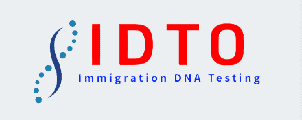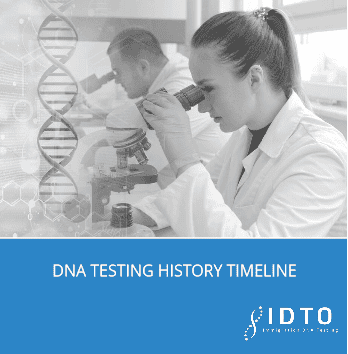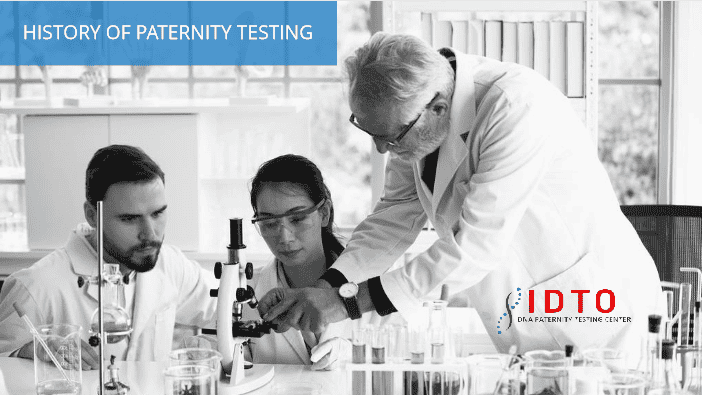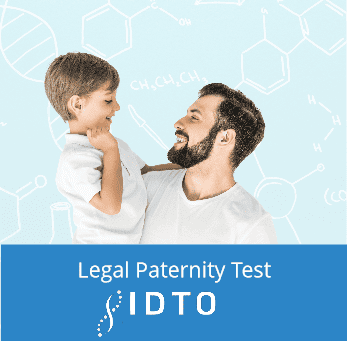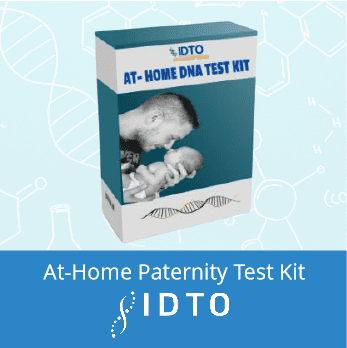History of DNA Testing Timeline
Determining biological fatherhood scientifically has transformed over the past century, raising new possibilities and dilemmas for families, courts, and society. Advancing from blood typing exclusions to 99%+ accurate DNA paternity verification, the developing technology intersects with critical legal and social considerations.
Timeline:
In the early 20th century, scientists discovered human blood group systems and soon realized their application for ruling out paternity. But definitive confirmation had to wait on genetic innovations. Alec Jeffreys’ DNA fingerprinting technique, introduced in 1985, initiated a revolution enabling conclusive paternity evaluation. By the late 1980s, commercial labs offered legal DNA paternity tests.
1901: Discovery of ABO blood groups
1920s-40s: ABO blood typing used in legal cases
1960s-70s: Introduction of HLA typing with ~80% accuracy.
1984: Development of DNA fingerprinting revolutionizes testing
1988: First commercial DNA-based paternity tests
1990s: Introduction of PCR for automation and ease 2000s onwards: Modern DNA tests with >99.99% accuracy, direct-to-consumer kits, and expanded applications
Legal and Social Impacts
This breakthrough significantly impacted the legal system. DNA evidence could clearly identify fathers for child support duties, while also invalidating traditional paternity presumptions. New statutes arose mandating DNA paternity testing in certain situations.
Socially, presumed family structures were disrupted by genetic revelations. Both voluntary and court-ordered testing uncovered non-paternal events where alleged fathers were excluded. This formed fathers’ rights groups disputing paternity obligations.
However, DNA testing also benefited families by: confirming biological relationships, revealing ancestral data, enabling access to family medical history, and resolving disputed estates. Direct-to-consumer genetic testing now enables voluntary paternal searches using genealogical databases.
The Rise of Direct-to-Consumer DNA Relationship Testing
This rise in direct-to-consumer paternity testing has opened up new possibilities for exploring ancestry and connecting with biological relatives. However, it has also raised ethical considerations:
Potential Benefits: Resolving family mysteries, reconnecting with lost relatives, and enabling adoption reunions.
Key Concerns: Navigating privacy rights, handling emotional impacts of unexpected results, considering unforeseen consequences, and ensuring oversight for accuracy and ethics.
Overall, individuals should approach such testing cautiously and ensure they are informed of the potential risks and limitations involved.
As paternity testing advances further into mainstream use, upholding ethical practices around families’ sensitive genetic data remains vitally important. Though not without controversies, DNA paternity verification promises to keep fueling opportunities for life-enriching revelations.
